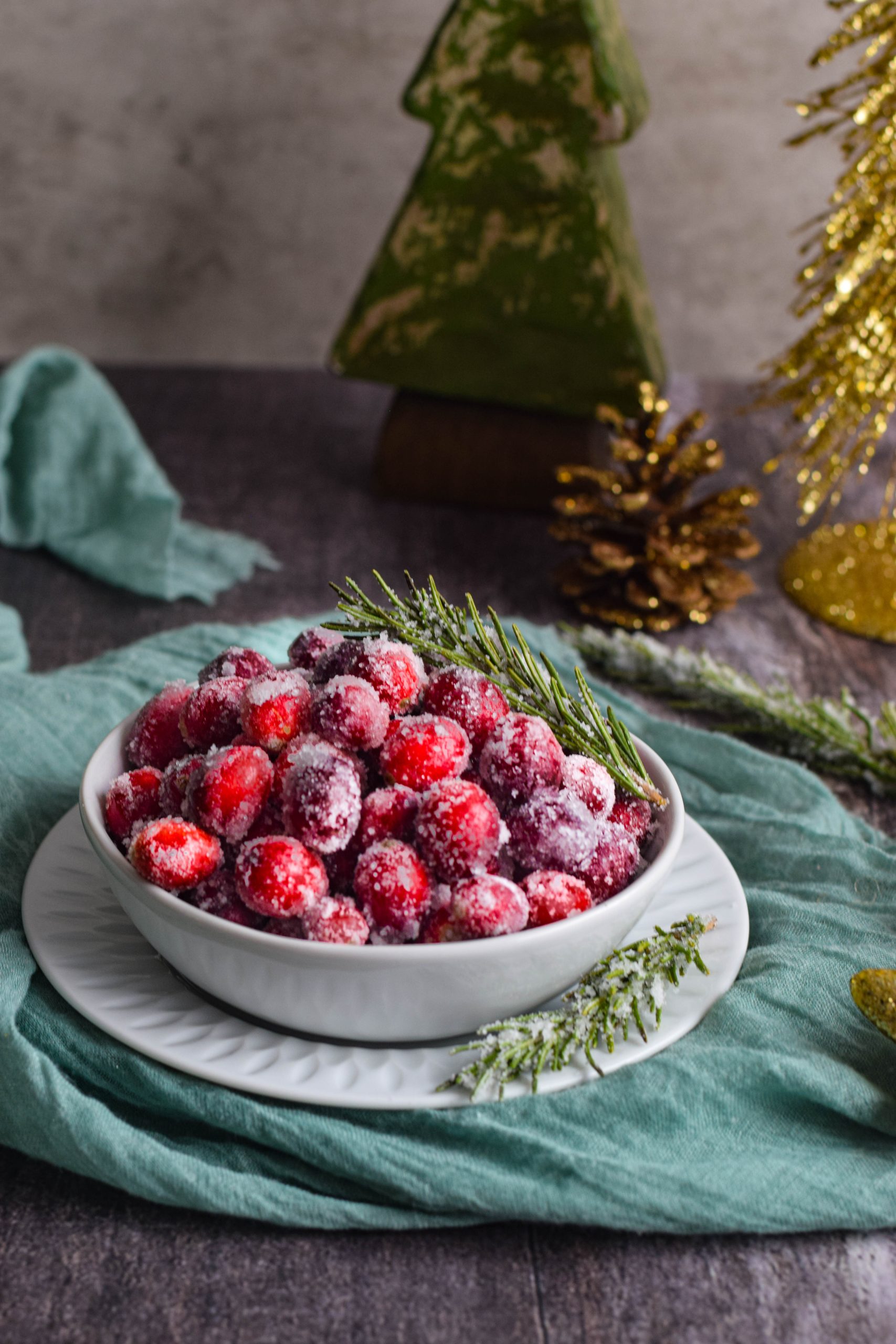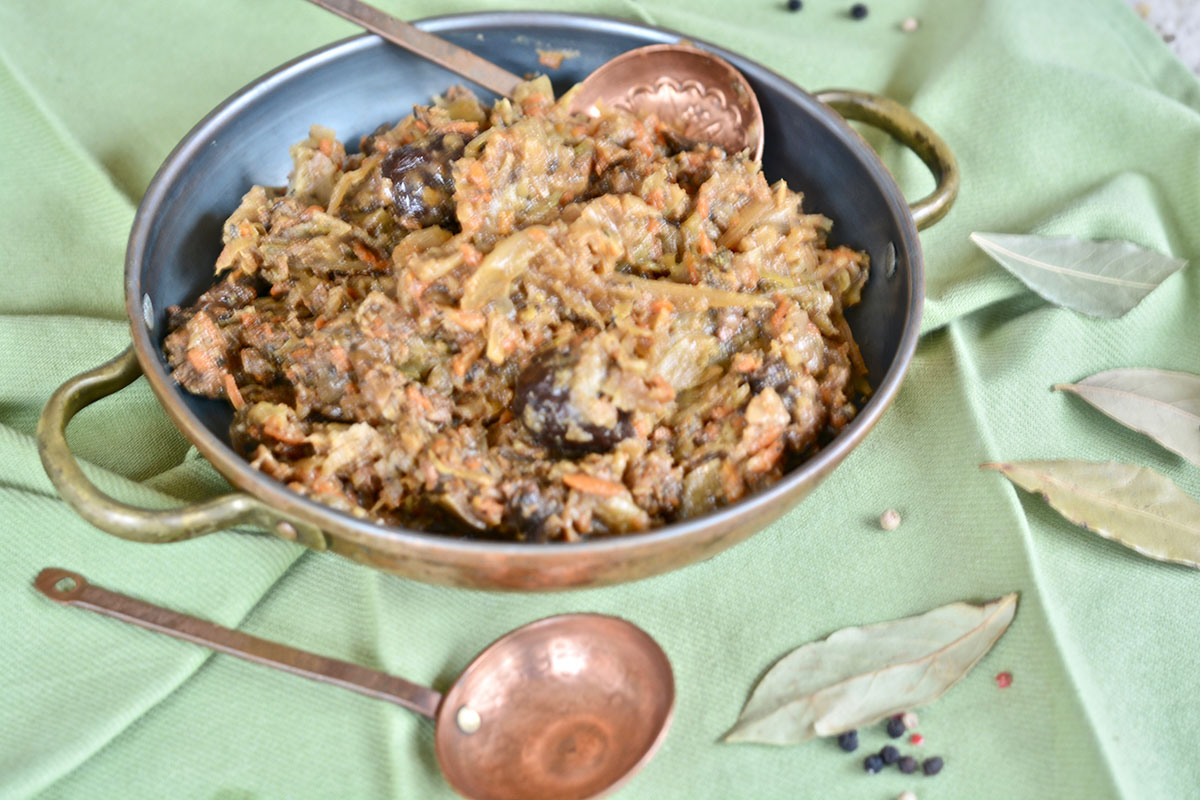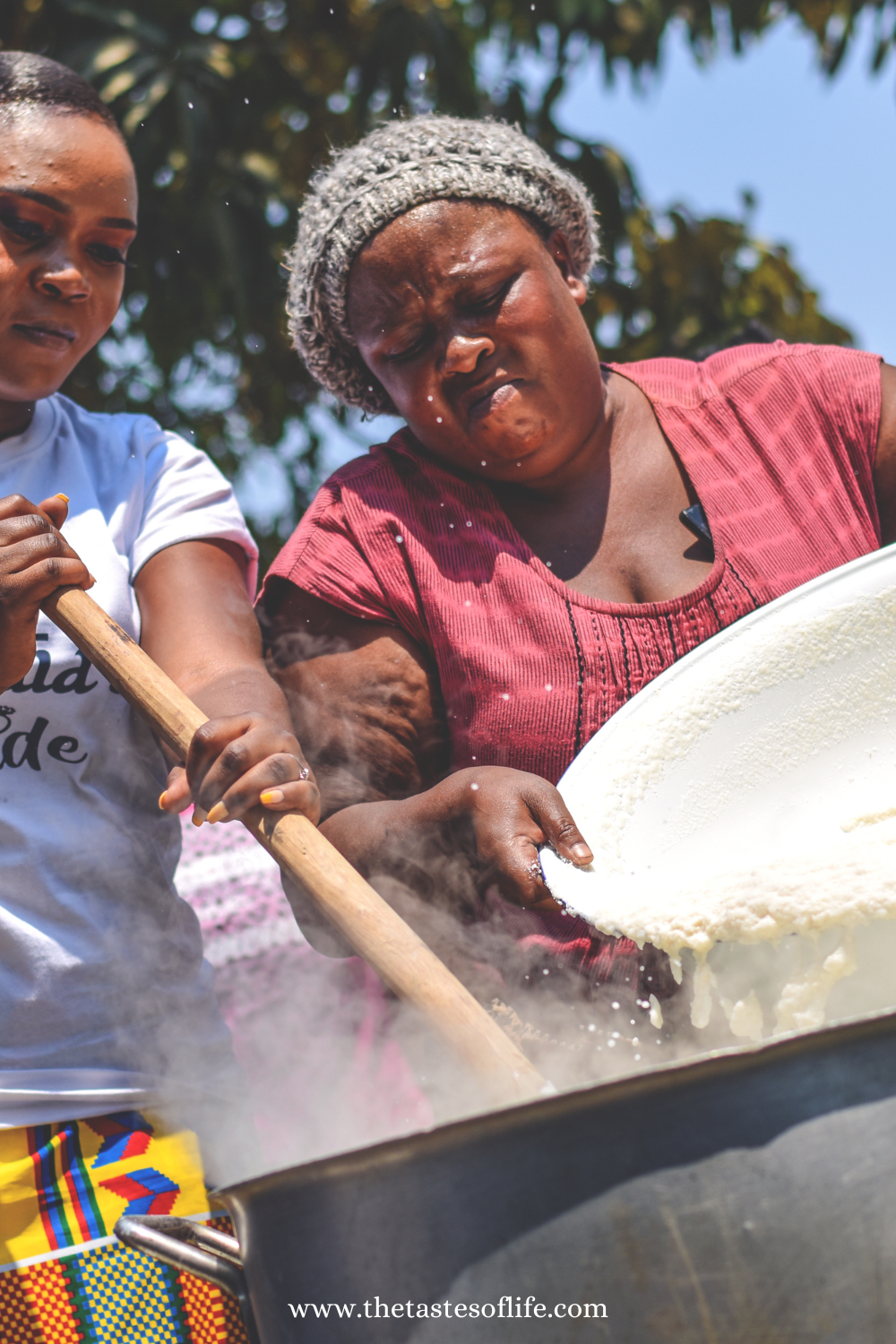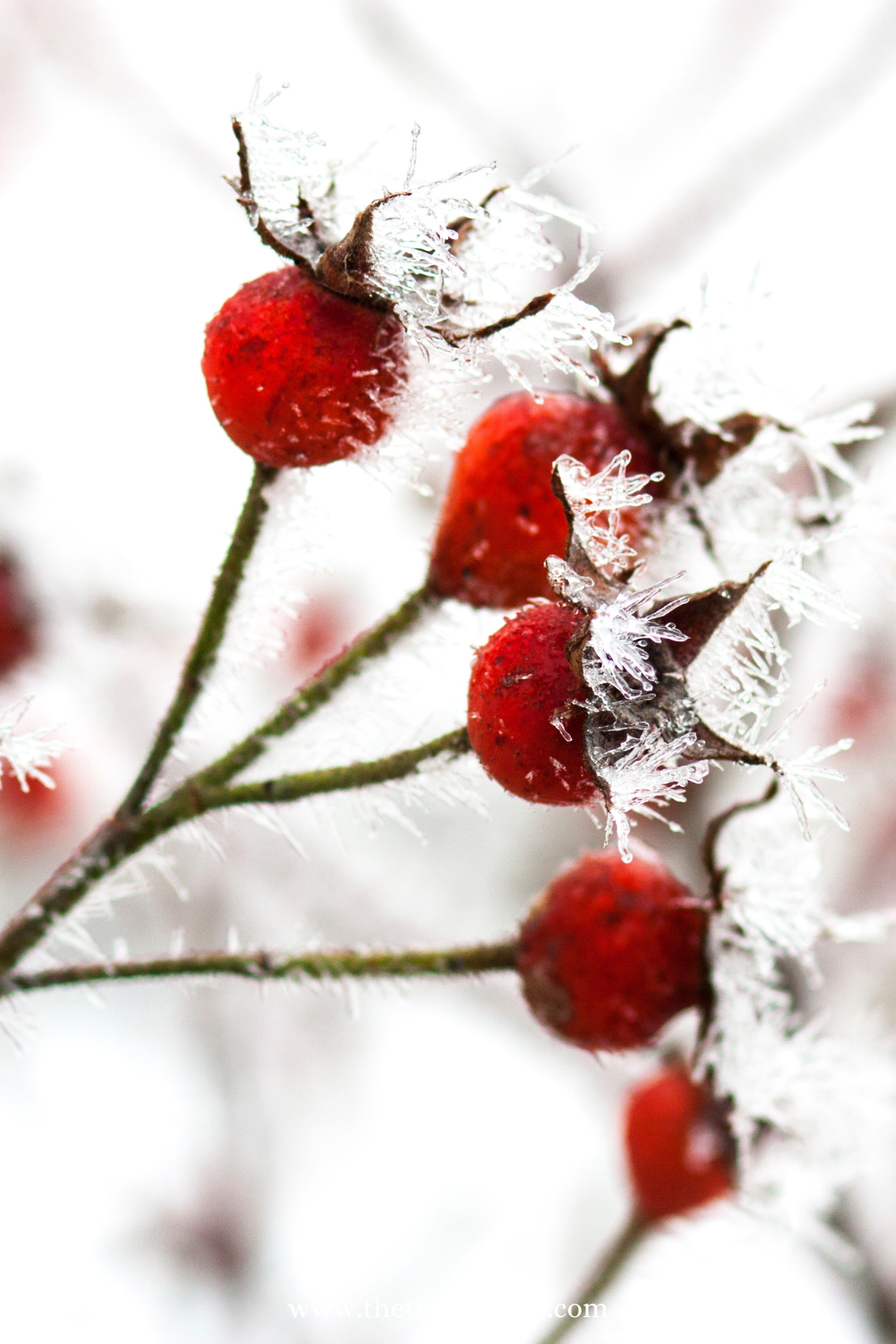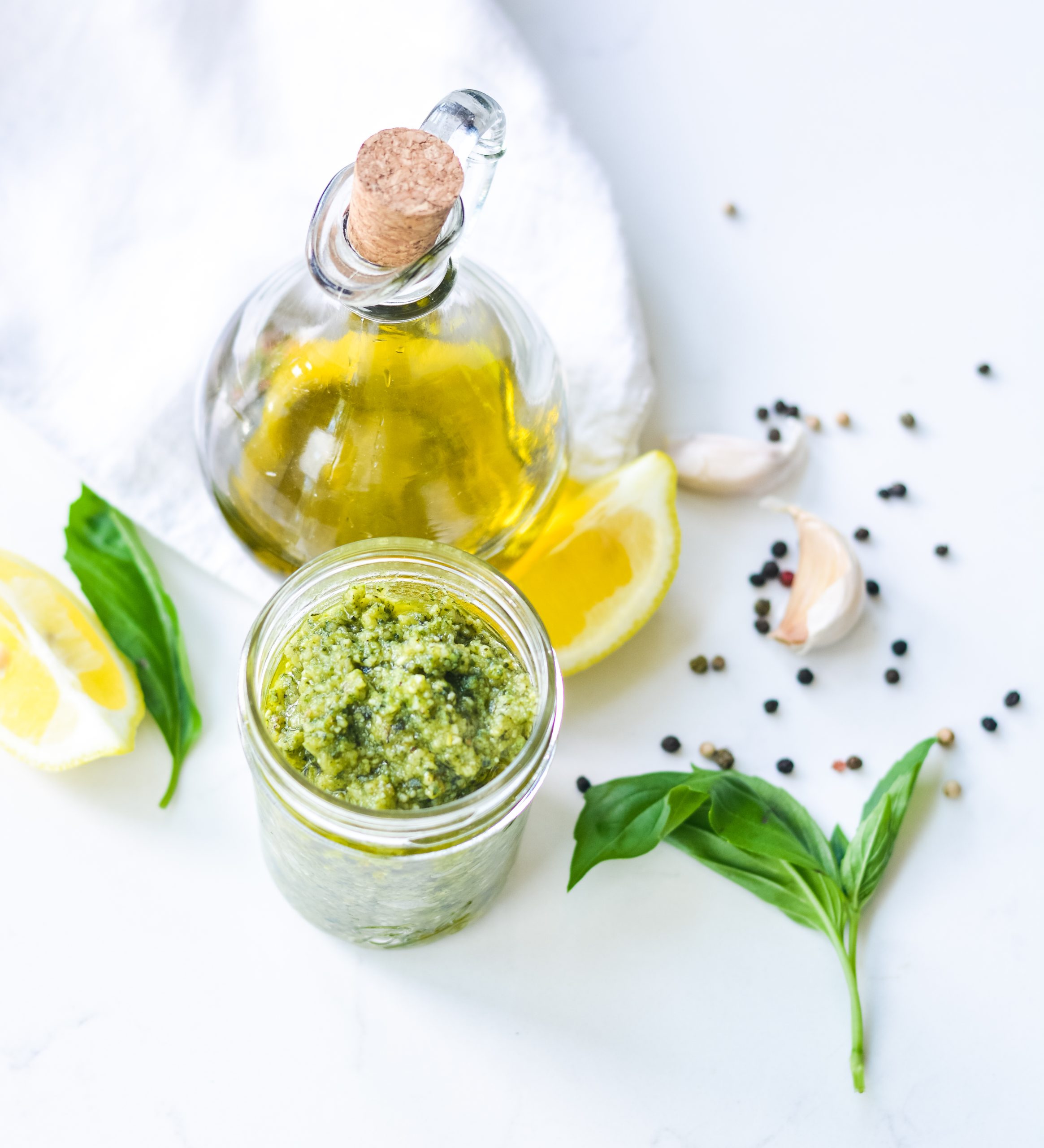Embracing the Winter Magic: Exploring Slavic Traditions for the Winter Solstice and Christmas Eve.

As the days grow shorter and the chill of winter settles in, Slavic communities across Eastern Europe come together to celebrate the Winter Solstice, a time of reflection and anticipation. Rich in cultural heritage, Slavic traditions during this season are steeped in folklore, mysticism, and a deep connection to nature.
The time is approaching when most Polish families will sit down for traditional Christmas Eve dinners. Few know that the “pagan Christmas Eve” is not an oxymoron but a disguised reality.
Most people are convinced that all cultivated traditions are Christian – after all, they are related to Christmas, the celebration of the birth of Jesus Christ. However, if someone thought carefully, they would realize that on the traditional Polish Christmas Eve, there are relatively few strictly Catholic elements. At the same time, the most important customs are relics of old pre-Christian beliefs.
The timing of the holiday was chosen deliberately – spanning from December 21-22 to January 6, the winter solstice has been a magical and miraculous time since the dawn of humanity. The beginning of this period marks the shortest day and the longest night of the year – a critical moment during which people anxiously awaited the sunrise. As the Sun rose and the days became longer, people rejoiced and celebrated, interpreting it as a sign of the victory of the forces of light and good over darkness and chaos. Among the ancient Romans, this was the festival dedicated to Saturn, called Saturnalia. Among the Germanic tribes, it was the holiday of the birth of the God Jule, and in Persia, the coming of the sun god Mithra. Everywhere, an inherent part of the celebration was rituals involving the symbolism of the Sun, fire, and light.
For the Slavs, this holiday was called Godami, Kres, or Stado, and it was celebrated as a harvest and deceased festival. Bonfires were lit for the dead so souls could warm themselves, and ritual feasts were organized in cemeteries. With the belief that the wandering spirits of the deceased could incarnate into domestic animals, today’s custom of feeding animals with the Christmas wafer is likely connected, after which they are believed to gain the ability to speak in a human voice for one night. The winter solstice is also a period during which predictions are made about the course of the entire upcoming year: the weather, abundance of crops, success in love, etc.
Church leaders consciously set the day to celebrate Jesus’ birthday at the end of December, and they also purposely gave new symbolism to pagan rituals that had been practiced for many years. Since the dawn of time, man has been attached to tradition, but human memory is unreliable, which makes it easier to teach a person a different interpretation of a ritual he already knows than to force him to abandon the tradition cultivated for centuries. However, the time has come to remember the true symbolism of the pre-Christian rituals that have survived to this day.

An empty seat at the table
A vital custom still practiced in Polish homes is to prepare one additional place setting at the Christmas Eve table. It is commonly believed to be intended for a lost wanderer who did not reach his home in time for the Christmas Eve supper. However, communication between various cities in Poland (and even the world!) is now so well organized that no one today has the opportunity to invite such a wandering person to their home. Moreover, people nowadays are rather closed off from strangers, making it very easy to refuse to welcome such a wandering stranger. This is probably why we hear more and more often today that an empty place at the table is intended for family members who, for various reasons (e.g. work abroad), cannot participate in the Christmas Eve supper.
This belief is partly related to what the ancient Slavs believed, who also prepared additional coverings for family members. The difference, however, is that among the Slavs, this place was intended for deceased family ancestors, the so-called “Dziady” , who had the opportunity to communicate with our world during the celebration of Winter Solstice. The spirits of the ancestors eagerly took advantage of this opportunity, making the holiday feast an opportunity for the entire family to unite at one table.
Hay under the tablecloth
The celebration of ancestors was also associated with the tradition of placing the first sheaf of oats, wheat or unthreshed rye in the previous year in the corner of the room during the holidays, the so-called diducha (literally: grandfather ), which was also supposed to symbolize the presence of family ancestors during festive activities. Diduch is the Eastern Slavic equivalent of a Christmas tree with vibrant symbolism. In addition to reminding about deceased family members, it repelled evil forces. It was also a prophecy of harvest in the coming growing year. Over time, diduch even became a national Ukrainian Christmas Eve tradition, which is why years ago, it accompanied Ukrainian families from Christmas Eve to Epiphany.
Another way to ensure prosperity was to place hay under the tablecloth during the feast, which was treated as an offering to the vegetation deities.
Interestingly, over time, the amount of hay during the Christmas Eve supper began to decrease to an increasingly symbolic level. In ancient times, hay was spread under the tablecloth and around the entire table. Seeds were also scattered in the same places, the symbolism of which was obvious for the Slavs who lived off agriculture. For a long time after the advent of Christianity, the above-mentioned hay was also used during traditional Christmas fortune-telling – pulling out a green blade heralded health; the one with ears – abundance, and the dry one – upcoming problems.
Decorating the tree
Another Slavic equivalent of a Christmas tree is the so-called podłaźniczka or podłaźnik – a cut-off part of pine, fir and spruce, which in the ancient past was hung from the ceiling and then decorated with apples, nuts, cookies, candles and chains. The host of the house, wanting to appease the dangerous forest demons, went to the forest before Christmas – a magical and mysterious zone over which man could never have complete control. All this was done to cut down the top or at least the handsome branch of a selected coniferous tree, symbolizing endless, constantly reborn life after being moved to the house.
Individual decorations in the Slavic tradition had symbolism: apples ensured health and beauty, nuts – wealth and vitality, baked goods – abundance, candles – protection against evil forces, and chain – family ties. Over time, the Christmas tree was replaced in Slavic lands, and apples were replaced by red or gold baubles resembling them, candles – by lights, nuts – by other smaller decorations.
The Christmas tree placed at home may refer to the concept of axis mundi (axis of the world), which is popular in pagan beliefs. Most often, however, today, the Christmas tree is associated with the biblical tree of the knowledge of good and evil. The decorations hung on it are translated through Christian meaning: lights – the light of Christ, chains – the bonds of man with God. In both pagan and Christian beliefs, lighting the tree was intended to help travelers find their way home.

Christmas Eve feasting and the symbolism of twelve.
Most remnants of pagan beliefs can be seen in what is on the Christmas Eve table – twelve dishes, many of which originate from the old “tryzny”(today: wake) celebrations. The best example of an old All Souls dish that has become well-established on the Christmas Eve table over time is kutia – a dish prepared from bruised wheat, poppy seeds, malt, honey, dried fruit, nuts and raisins, which in the Slavic tradition is usually served richly with whatever you can. , so as to ensure harvest and abundance for the next year. Ingredients such as poppy seeds, peas, beans, broad beans, wheat, fruit, mushrooms and honey were also brought to the graves of loved ones.
Some of these ingredients have become a permanent element of Christmas Eve dishes: dumplings and baked cakes (e.g. poppy seed cakes or strudel). Mushrooms, as fruits of the forest, are also allowed to appease forest demons and others living in the thicket of devils.
Today’s custom of preparing 12 Christmas Eve dishes is a remnant of the pagan thanksgiving for the harvest. Why 12? Well, because we had to thank the gods for the whole year, all twelve months.. An important relic of pagan faith is also the care that the Christmas Eve feast is lavish and generous. Traditional overeating during the feast was supposed to help the Sun in the fight against the forces of darkness.
Mistletoe
The Christmas tradition of hanging mistletoe from the ceiling came to us in a similar way to Halloween – we adopted it thanks to American culture, but the roots of this tradition can be traced to the beliefs of the ancient Celts. Mistletoe was considered a gift from the gods and had magical properties. Specimens growing on oak trees, believed to have extraordinary power, were particularly popular. Cutting mistletoe was once an important ritual. Druids recommended collecting it on the night of the winter solstice and sometimes at the turn of spring and summer. Cutting mistletoe shoots could cure diseases, but when hung from the ceiling, they provided protection against evil forces and fires. Mistletoe is, therefore, another (along with the podłaźniczka and diducha) predecessor of today’s Christmas tree.
Ancient peoples believed that mistletoe shoots could bring happiness and wealth to the house. Moreover, they ensured that dreams come true and also increased sexual potency. Today, couples kiss under the mistletoe, believing it will provide the durability of their relationships. This is not surprising because mistletoe was once a popular medicine. It promoted fertility and lowered blood pressure. Hanging mistletoe over the Christmas Eve table or the front door is customary. It is essential not to throw away the mistletoe after the holidays. It should be dried and stored for a year so that love, prosperity, happiness, and sexual potency do not leave us for the following year.
Animals that speak with human voices
Christmas Eve is also when animals can speak to us with human voices. This belief is related to the concept of the human soul. As it has already been said in this entry, during the Christmas feast, the souls of the deceased are allowed to commune with their loved ones again. Animals can be intermediaries in transmitting the word from such a returning soul. Moreover, in the beliefs of ancient Slavs, animals have always had a living position slightly worse than that of humans. After all, there was a common belief that animals also had souls, which is why they were familiar with typically human feelings. This approach was related to the widespread respect among Slavs for animals, which were valued primarily not for their meat, but for their nutrients. Modern reconstructors of Slavic cuisine note that ancient Slavs ate relatively little meat during the year. It was prepared for feasts only on holidays and other important occasions.
It is worth taking care of your animals on Christmas Eve. Everyone has a lot of food on this day, so let them eat a little during the holiday. After all, they may need food both for themselves and for the soul of one of our ancestors at this time. It is also worth letting animals talk to each other because it is common in folk culture to believe that by eavesdropping on animals on Christmas Eve, you can accidentally hear about who of your loved ones will die in the next year. It is probably safer not to burden yourself with such knowledge…

Hey, Christmas carol, Christmas carol!
Nowadays, the holiday season can only be complete with joyful carol singing about the birth of Jesus Christ. In the old days, Caroling consisted of visiting local houses with wishes for prosperity in the New Year. A donation given by hosts to carolers is called a carol. The visit of the carolers was perceived as a good sign – an omen of prosperity and abundance in the coming year. For this reason, the host felt obliged to redeem favors through treats and other donations. Nowadays, it is more and more challenging to meet a real group of carolers who, apart from singing carols, would also express beautiful New Year’s wishes to the host. The element that unites the carolers is the shining star, which in the Christian tradition is associated with the star of Bethlehem, and, in the Slavic tradition, with the newborn Sun, the most important star for man. A caroler holding a star could be called a star or a star .
Contemporary costumes of carolers are one great cultural and religious mishmash, as they dress up as angels, devils, shepherds, the Three Kings, Old Man, Baba, Jew, Death, Gypsy, representatives of various professional groups and the so-called monsters whose task was to scare the village inhabitants. The most popular monsters are the turoń, the goat, the bear, the horse and the goat. Rituals related to “mascaras” (e.g. the famous waking of the turon) come from an ancient pagan tradition. They are related to enchanting a new vegetation cycle.
Family atmosphere
The Christmas Eve traditions discussed so far allow us to conclude that few strictly Christian traditions are left in celebrating contemporary Christmas Eve. Even the famous Christmas Eve carp became a tradition only in the Polish People’s Republic era due to its low price and public availability, which was rare then. There are also signs of paganism in the custom of keeping fish scales in a wallet, which is supposed to provide the walletholder with wealth and a constant flow of cash. Which commonly practiced traditions are not modifications of ancient pagan rituals?
Wafer, nativity play, Christmas Eve nativity scenes, and the first star. There is relatively little of it left. Catholics like to lament the increasing commercialization of holidays. Still, the truth is that the Polish tradition of Christmas Eve has not been predominantly Christian for a long time.
Even the famous festive atmosphere is a legacy of our Slavic forefathers. During the celebration of the Generous Wedding ( Szczodre Gody- Slavic feast celebrated in Poland during and after the winter solstice.) Slavs stopped physical work for almost two weeks to spend time with their families. The belief in the possible connection between worlds at that time made the holidays exceptionally family-friendly for the Slavs because in addition to living with loved ones, it was also possible to establish contact with those who had already left this world. The pagan celebration was unique in every way, because it combined silence and reflection with New Year’s joy and grand celebration.
It is worth remembering the mixed origins of modern Christmas Eve traditions to realize that everyone can feel joy at this time. The celebration is not dedicated only to Catholics, so non-believers and discontents should stop talking about not liking the holidays. Regardless of faith, the coming time should be used for joy and rest. There are many reasons to be happy: the triumph of light over darkness, the gradually lengthening day, the birth of Jesus Christ, time off from work, lots of tasty dishes, and the opportunity to spend time with family. Even the most die-hard saint-skeptic should choose something for themselves from this pool. Happy Christmas!
May you be blessed! 🙂
Yum
